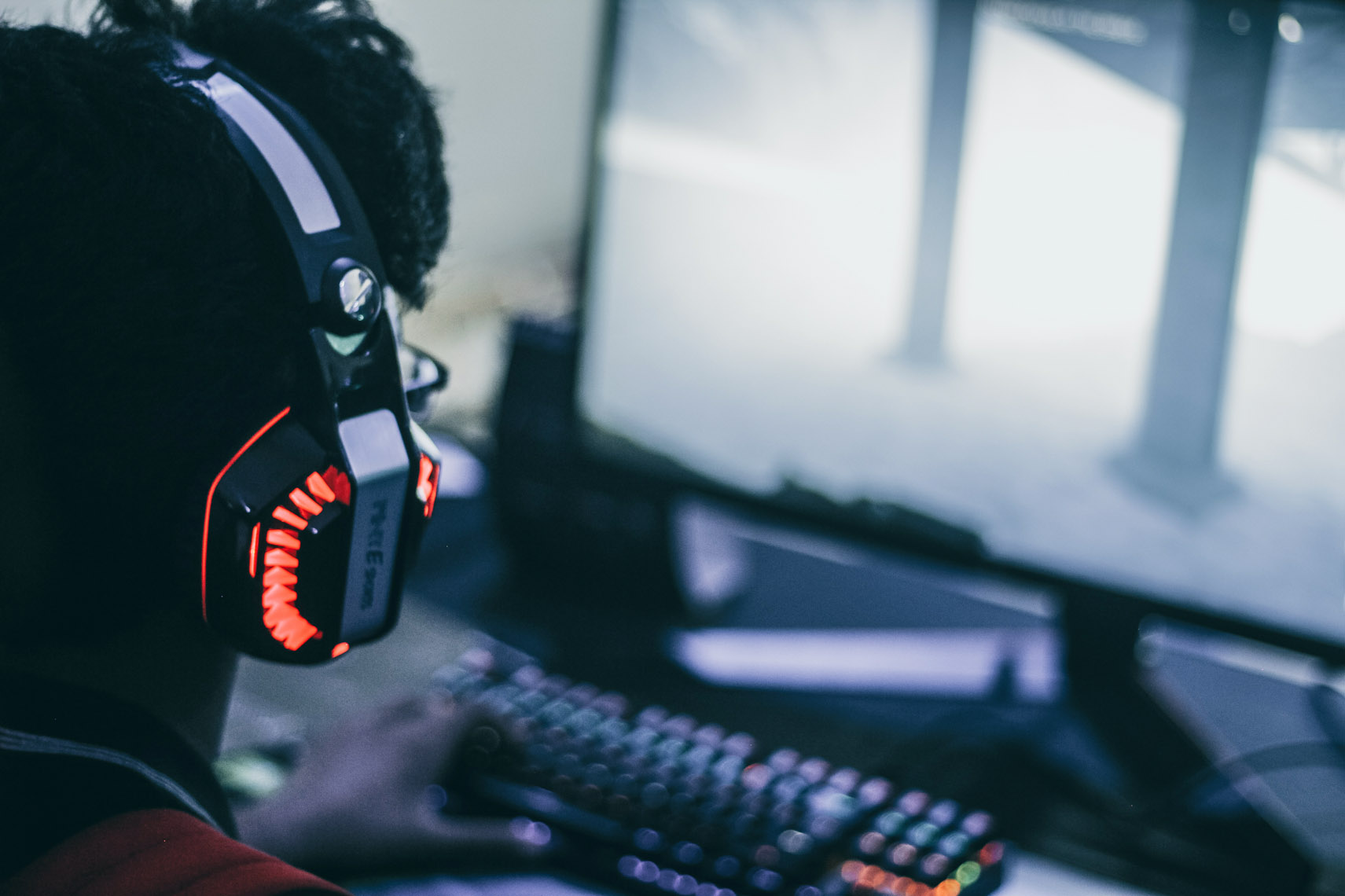
The value of sound in video games
1 Immersion
The sound design gives a particular color to the universe in which the player is immersed.
In a video game, the sensations of the player are increased tenfold thanks to the sound. Sound design puts hearing, our most instinctive sense, to work and makes the game more alive and more immersive. It also enlarges the image thanks to off-screen sounds . We not only hear what is visible on the screen but also what is happening around us, behind, on the other side of a wall, etc.
Video game music plays a major role in the player’s immersion. Unlike a film in which the spectator is passive, the music of a game induces an immediate need for reaction from the player, which triggers very strong emotions. Music can also characterize a particular place or time with the use of old or traditional instruments and give indications to the player.
Soundscapes make the game landscapes more realistic by bringing them relief and life.
Finally, reverberation give an acoustic imprint to sound effects, depending on where they are triggered in the game. It is the simulation of a natural phenomenon.
2 Feedback
In video games, certain sound effects relay crucial information to the player. This is the case with a countdown, a voice instruction, a health alert, etc. The soundtrack also conveys certain clues such as the presence of enemies, the proximity of a place or an object such as a river, a bell, a machine, etc.
In the game Zelda Breath of the Wild , there is a detector which helps to discover the shrines of the game. It emits a sound which repeats faster as the player approaches them, in the same way of “you’re getting warmer”.
Music also carries information for the player, especially when it warns of danger. Today, video game music is often designed to evolve interactively. It is no longer played linearly or even in a loop. This is the principle of adaptive music . It is possible for video game composers to provide several instrumental layers which overlap or follow one another in a very fluid manner, depending on the player’s progression. This avoids the feeling of repetition and allows a real interaction between the music and the game.
The constraints of video game sound design
1 The non-linearity of sound
In a movie, the soundtrack is frozen. In a video game, it constantly evolves and adapts to the progression of the player. It means that the sound designer doesn’t have full control over his work. Thus, he must try to anticipate as many parameters as possible:
- How important is a sound effect compared to others?
- How often will a sound effect be heard?
- What are the possible contexts for a given sound?
- How much time will the player spend on the game?
In video games, sound designers have to carry out many iterations and tests as it is impossible to anticipate all the parameters, especially players behavior. Beta tests and player feedback are essential to create a cohesive soundtrack.
2 Unpredictability of sound mixing
Mixing consists in adjusting the volume of sound effects and balancing the soundtrack. In a video game, it is not always possible to predict which sounds will be played together. The same sound can be played in different contexts and therefore be more or less audible.
One solution to this problem is to create sounds effects best suited for the genre of the game .
Take the sound of a sword hit for example. If you create this sound effect for an adventure game like Assassin’s Creed or Skyrim , it will be the center of the action. We will then design a rich and detailed sound effect that may contain the sound of the blade, the whoosh, the movement of the character and the impact on an enemy. This sound will be played loudly so as to cover the other sounds of the game.
If we design the same sound effect for a strategy game, it will no longer be the center of the action. The focus of the camera will be wider, to have a global view of the action. The characters, units, will be more numerous and the sword hit will be played more often. We will then imagine a rather simple and recognizable sound that easily blends in the soundtrack.
3 Repetition
In a video game, most sounds are set to be heard a lot of times, especially when some games have a lifespan of over 100 hours. When you create a sound effect for a movie, you often make one or two versions. But in a video game, the same sound repeated over and over becomes annoying.
There are two complementary solutions to deal with this problem.
The first is to simply make a lot of versions of one sound effect. But it is a very time-consuming solution, especially for complex sounds made up of several layers (ambiences, UI sounds, magic, mechanisms, etc.). I prefer to use this solution for foley (footsteps, movements of the character) because it is easy to increase the amount of takes.
The second solution is to use an interactive audio engine like Audiokinetic Wwise or Fmod. This type of software allows you to create an infinite number of versions of a sound effect thanks to randomization. The following example is the sound of an arcanist I created for the strategy PC game Warchief . The sound is composed of 5 layers, with alternating content and several random parameters. From ten sound layers made beforehand, the engine generates an infinite number of variations of the same sound.
Conclusion
Video game sound design is an exciting discipline which requires experience, imagination, mastery of tools and a good video-game culture. The challenge is to create functional, aesthetic and immersive sounds that serve and enhance the player’s experience.



